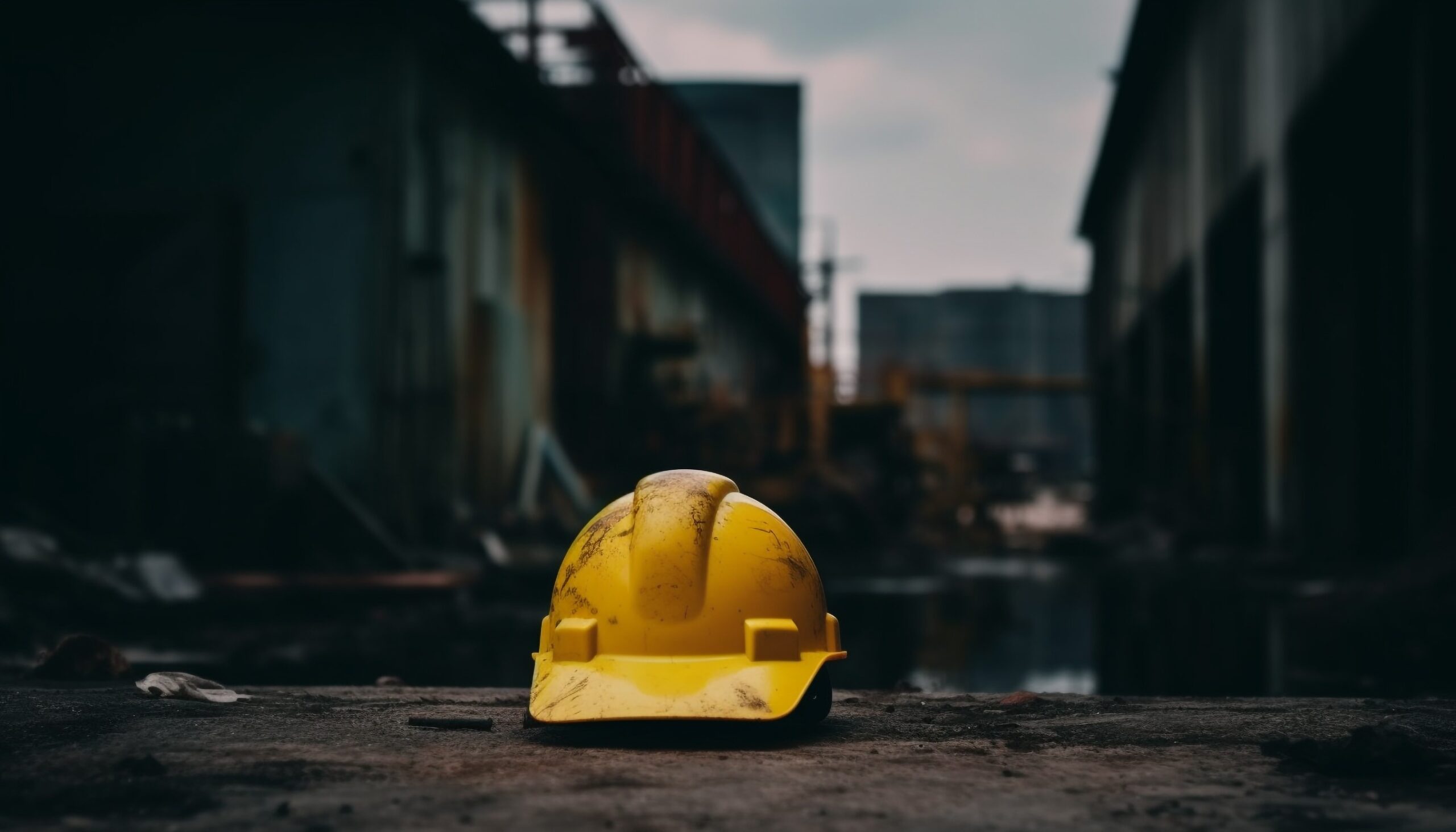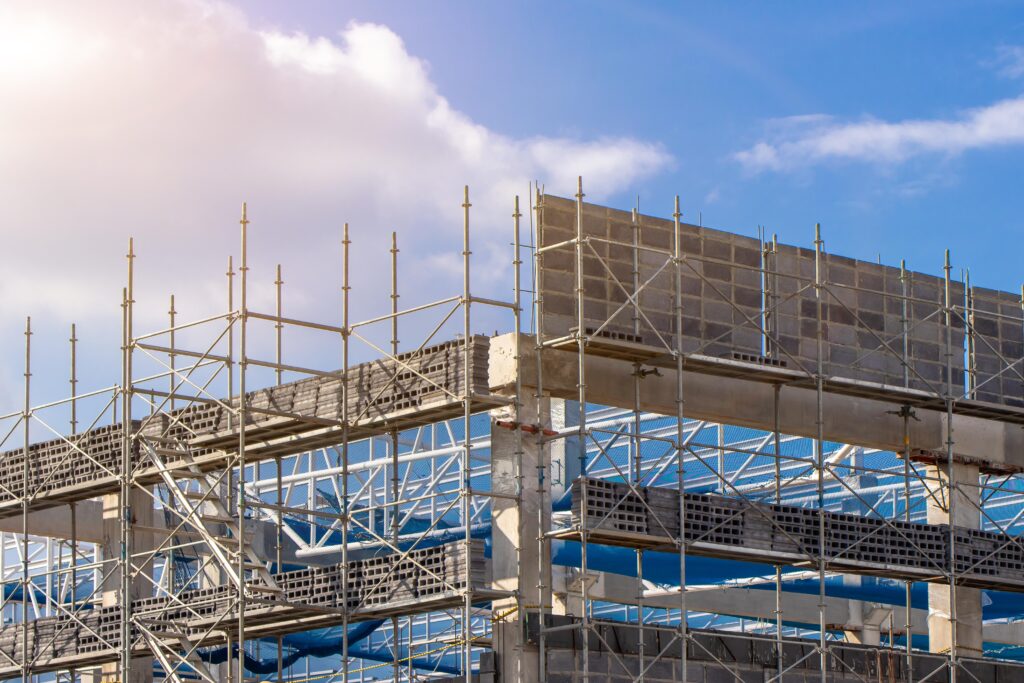
While accidents are unfortunately a risk in the construction industry, it’s important to take any achievable steps to prevent workers from coming to harm. In fact, it’s a legal requirement. An employee who suffers a workplace injury that could have been reasonably prevented could sue for personal injury compensation.
Read on for a summary of important workplace safety laws and what is meant by a legal duty of care. You can also get an idea of when you can seek compensation and what a settlement can address.
Who Can Claim Compensation For A Construction Accident?
In short, an injured worker could seek compensation if a breached duty of care led to an accident that caused them harm. It could be physical pain or emotional damage that they claim for, or both.
Who owes that duty of care is potentially less straightforward, because a site often has numerous different contractors performing different tasks.
An employer’s duty of care towards their own employees is set out by Section 2 of the Health and Safety at Work etc. Act 1974 (HASAWA), and entails taking all reasonable and practicable steps to ensure employees are safe while working.
This doesn’t mean that an employer is automatically liable for an accident, however. An employee may cause an accident themselves, or there may be nobody at fault.
The employer’s duty of care only stretches to the areas they’re responsible for. A site manager, main contractor or another contractor may take on responsibility in certain areas.
For example, if a joiner is injured because an electrical firm left live wires trailing across the site, the joinery manager would not be the one responsible for the accident.
There are various pieces of legislation you can look to for instruction on maintaining workplace health and safety, such as the Construction (Design and Management) Regulations 2015.
If an employee is injured in an accident at work, they may seek out the services of a solicitor to help them identify if they have a claim, and who that claim would be against.
Making An Accident At Work Claim
In some cases, an accident at work claim may be a necessary step to take. As a result of the injuries sustained, you may have been left unable to work. Your employer may not have paid you any sick pay, meaning you fall behind on your bills. And that’s on top of the physical pain and psychological suffering you’ve had to endure because of your injuries.
It doesn’t hurt to seek legal advice. All advice offered nowadays is free of charge and many solicitors work on a No Win No Fee basis, which benefits you as the claimant.
If you’re in a trade union, speaking with your representative can also be a positive step to take. Trade unions work with different law firms so they can recommend solicitors to you.
Construction Accident Statistics
According to employer reports made to the Health and Safety Executive (HSE) under the Reporting Of Injuries, Diseases and Dangerous Occurrences Regulations 2013 (RIDDOR), there were more deaths in construction than in any other industry between 2022 and 2023.
The HSE, which is the UK’s workplace health and safety regulator, received 45 fatal injury reports in 2022/23.
Employers also flagged 4,038 non-fatal injuries in the same period. Only specific incidents need to be shared under RIDDOR, so the total number of cases written down in accident report logs across the UK is likely to be much higher.
In fact, the Labour Force Survey, which asks employees to self-report incidents, estimates that there were closer to 53,000 incidents on construction sites in 2022/23.
These statistics stand as a reminder that construction can be fraught with risk and that maintaining safe work practices is a constant necessity for everyone on the site.
Examples Of Workplace Accidents Leading To A Claim
Reasonable and practicable steps a site manager or employer could take to comply with HASAWA include performing regular risk assessments, giving protective personal equipment (PPE) when necessary, or ensuring workers are properly trained.
These may all sound like basic steps, but it is not unheard of for workplace accidents to occur because the right precautions were not taken.
The below scenarios serve as examples of when a construction worker could seek compensation for an accident:
- A site manager does not carry out a fire risk assessment and does not provide an adequate fire alarm system. When a fire breaks out, a worker suffers burn injuries because they are not warned or given a proper escape route.
- An employer does not train their employee on using a backhoe loader. The employee then hits a fellow worker with the loader, causing them significant crush injuries.
- No safety guards or other safeguarding measures are provided for a scaffolder working at height. They fall from height and sustain serious head and back injuries.
Forms Of Evidence To Help You Prove A Workplace Accident Claim
After suffering an injury in an accident at work, a construction worker may explore their options when it comes to legal action. It’s worth noting that they are well within their rights to do so and employers cannot dismiss them for looking into claiming compensation.
This may mean that the employee or their solicitor gathers certain forms of evidence from the site, including:
- Footage of the incident and its cause.
- Photos of the accident scene.
- Witness contact information.
- A copy of the accident report book entry.
The injured worker should also get a copy of their health records during or after treatment as medical evidence.
This evidence will have to prove that someone on the site owed them a duty of care in the accident location and at the time it occurred. It will also need to show that the duty of care was breached and the accident directly caused their physical or mental injuries.
What Compensation Could Be Awarded?
The payout for a personal injury claim can address up to two forms of damages, which are referred to during the process as heads of loss.
One is general damages, which accounts for the physical and psychological effects of injuries. This will always form at least part of a settlement because the worker experiencing at least one form of harm is a vital component of the claim itself.
The other potential head of loss is called special damages. This head is designed to compensate for financial losses incurred because of the injury,
In cases where the injury means the employee cannot go back to work, or has complications that will permanently affect their quality of life, the special damages compensation could end up being higher than the general damages.
Other costs they could claim compensation for include travel expenses, medical bills and home adaptations such as the installation of a stairlift.
Making An Accident At Work Claim After A Construction Injury
To summarise:
- Employers owe their employees a duty of care, but are not automatically responsible for all on-site accidents.
- The best way for any senior figure on the site to follow health and safety laws is to take reasonable and practicable steps to keep workers safe.
- An injured worker should collect as much evidence as possible if they believe a breached duty of care led to them suffering harm.
- A compensation payout can address multiple issues that result from a workplace accident.
The HSE provides detailed information about workplace health and safety, which can be found through their website.

